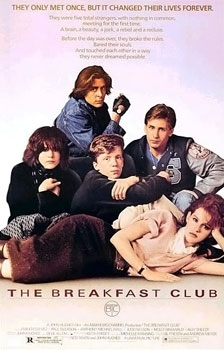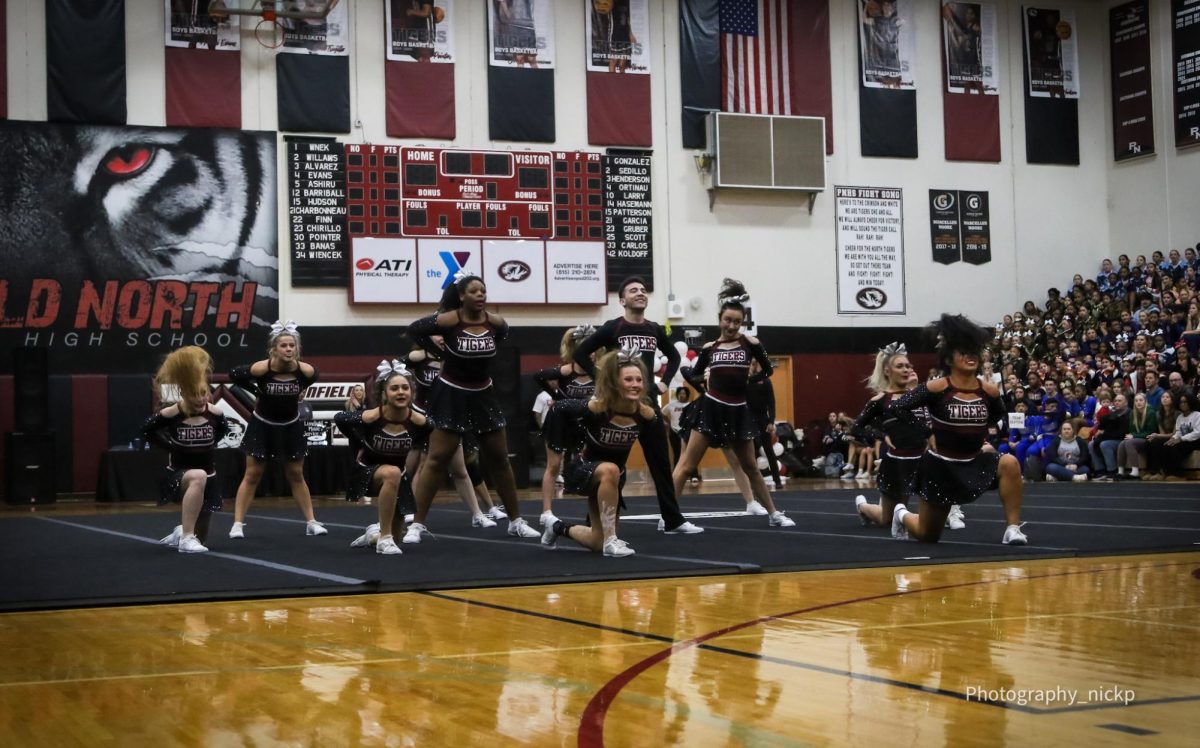Classic Rewind: The Breakfast Club

February 20, 2020
“Breakfast Club” is considered one of the best teenage angst movies of all time and is a huge cult classic. As the movie celebrates its 35th anniversary, it’s time to ask a question: Is this movie still relevant in today’s world? The answer is yes.
John Hughes, known as the king of teenage drama movie and director of such classics like “Sixteen Candles” and “Ferris Bueller’s Day Off”, delivers an extremely deep and compelling story about teenage drama and peer pressure.
Each main character is a teenage stereotype of teenagers, who is forced to spend nine hours together in Saturday detention. There is the “brain” Brian Johnson played by Anthony Michael Hall, the “athlete” Andrew Clark played by Emilio Estevez, the “basket case” Allison Reynolds played by Ally Sheedy, the “princess” Claire Standish played by Molly Ringwald, and the “criminal” John Bender played by Judd Nelson. While most movies overuse these stereotypes, Hughes uses the stereotypes to his advantage.
At the beginning of the movie, Hughes means for the audience to see each character as one dimensional, and that’s established through their early actions and dialogue. For example, Brian is part of the “demented and sad, but social” math club, as described by Bender.
As the movie goes on though, the characters become fleshed out. They are no longer stereotypes, but instead become fully developed characters who each have different and unique personalities.
The film has only two adult characters, the principal, Richard Vernon played by Paul Gleason, and the janitor, Carl played by John Kapelos. Vernon is the tough, strict, principal stereotype, and Carl is the realist who relates more to the kids than Vernon. The absence of multiple adult character allows the film to focus on the teens and what they’re going through.
Bender is the strongest character in the film. He has the most complex and saddest backstory of any of the characters, and his eventual reveal of who he is heartbreaking.
Unfortunately, Hughes does not develop all characters. Allison is the weakest character in the film. Her development is weak and it’s difficult to find out exactly who she is as a person. It doesn’t help that her backstory, what made her into a “basket case”, is never fully explained.
The mood of “Breakfast Club” changes throughout the movie. At one point, the characters are discussing troubles in their life and the next they’re rocking out to an 80’s song while dancing on tables in an 80’s montage.
The sudden change of moods seems a bit jarring at first but overall fits well in the movie. The depressing monotones used in the more serious scenes of the movie are balanced out by the happy tunes used in the goofier scenes.
The movie’s R rating is appropriate if the viewer can deal with a few f-bombs as well as sexual references.
On the surface, “Breakfast Club” is like any other teenage-angst movie. However, as the movie goes on, it switches to a movie with deeper meaning.
One of these themes is the pressure teenagers receive not only from their peers, but from their parents too. Each of these characters are in some way pressured by their parents. Andrew, for example, is pressured by his father to be the best and win, while Andrew doesn’t really have the same drive.
Another theme is terrible home lives are often ignored or treated as a minor issue. Bender is abused by his father and Allison is ignored by her parents, as shown in the opening scene where her parent drives away without even saying goodbye. Many audience members can identify with difficult painful family dynamics.
Ultimately, the main theme is stereotypes negatively affect teenagers. They are expected to fit into a certain “group”, and if they step out of that group, they could be ridiculed and insulted for being “different.”
Despite coming out 35 years ago, ‘Breakfast Club” is still an extremely good and powerful movie. Teenagers can still relate to all these characters and how they all fit into a high school setting, as well as the themes portrayed in this movie.






